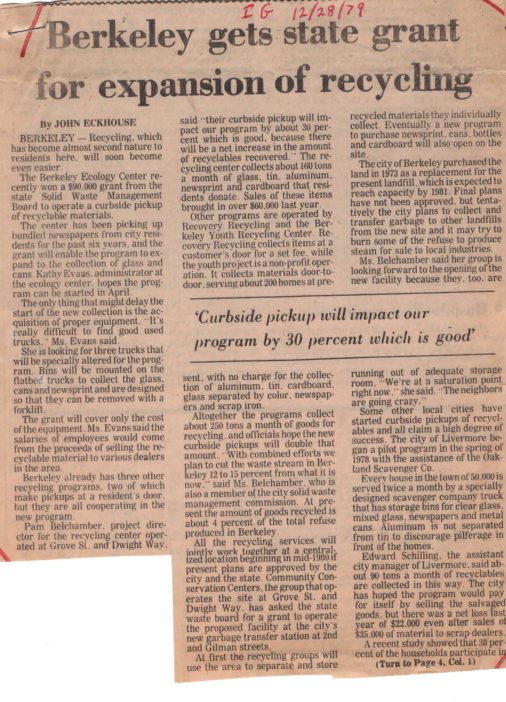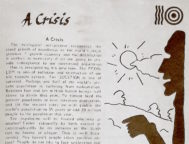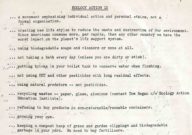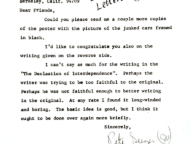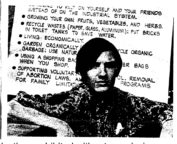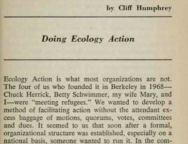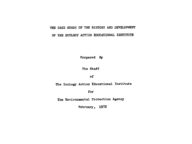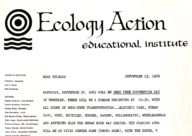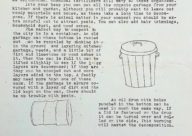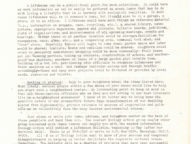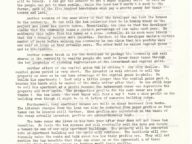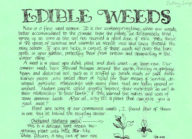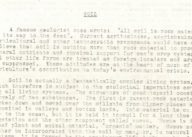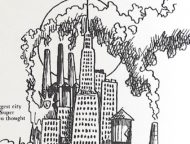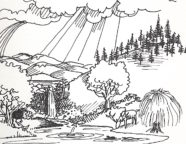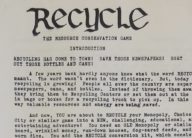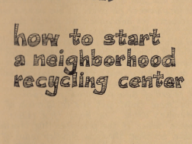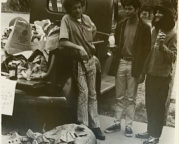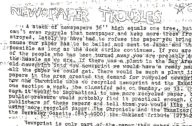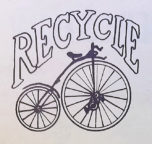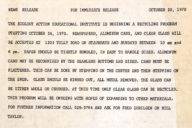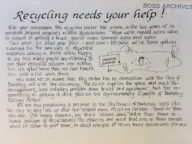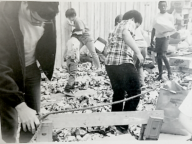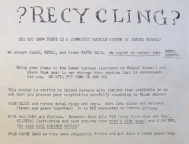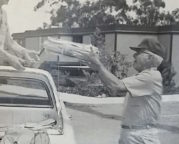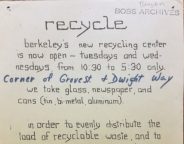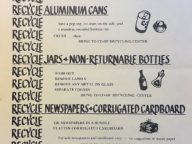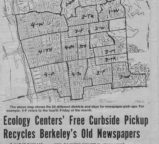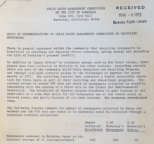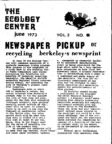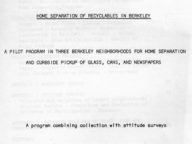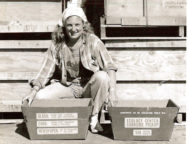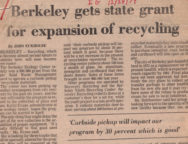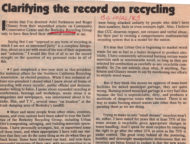A significant grant from the state allowed the Ecology Center to expand their curbside pickup in Berkeley to cans, glass, and paper. Previous to the grant, they had only collected newspapers. They got more trucks, separation containers, and planned for more frequent pickup.
The article discusses the implications on other recycling organizations and compares Berkeley’s recycling with other cities in the area. Conventionally, the other recycling organizations would be considered competitors. However, because recycling started as a grassroots movement earlier in the decade, the organizations developed in collaboration, following the spirit of 70s co-action. Paragraph 7 of the article explains, “Berkeley already has three other recycling programs, two of which make pickups at the residents door, but they are all cooperating in the new program.” The goal is to accomplish as much recycling as possible against the trends of waste and overconsumption, not compete against each other. There is a tangle of organizations all working in Berkeley at this time. This article defines each one and frames how they will be involved in the future of Berkeley’s recycling. Note the similarities and themes in the name of each organization.
Ecology Center
In 1973, the Ecology Center pushed the city to fund a curbside pickup for recycling newspapers. The Ecology Center ran other environmental programs through their nonprofit organization. In 1979, they received $900,00 to expand curbside recycling and developed an early form of the current program.
Community Conservation Center
Closely related to the Ecology Center, the Community Conservation Center took over the Co-Op Recycling Center at Sacramento and University. They also ran the center at Dwight and Grove. In 1979, they proposed to operate the new transfer station and garbage dump. Their Director, Pam Belchamber, was on the Solid Waste Management Commision for the city, which would later create conflict in the cities new plan for waste.
Berkeley Youth Recycling Center
For free, this organization collected various recyclables (more than the Ecology Center) with a door to door service. They were a non-profit benefiting youth.
Recovery Recycling
This company collected recyclables for a charge from residents doors.
Bay Cities Resource Recovery Depot
With the city contract for the landfill, this organization renamed themselves to become more relevant as recycling and salvage emerged in Berkeley. They were salvaging metal and reusable goods from the landfill with plans to start compost and concrete recycling at the garbage dump. By shifting from waste to salvage, they hoped to prolong the life of the existing landfill and get the contract for the new landfill.
The Landfill and Future
Before the recycling movement had made ground, the city was anticipating the landfill reaching its capacity. In 1973, they bought land at 2nd and Gilman. This article, of 1979, estimates the landfill will be full by 1981. Recycling through the 70s diverted a considerable amount of material from the landfill, extending its life until 1983. The second page of the article explains the plans for a transfer station at 2nd and Gilman, where reusable and recyclable material would be collected before people entered the dump. In addition, the city planned to install an incinerator, burning garbage for energy.
